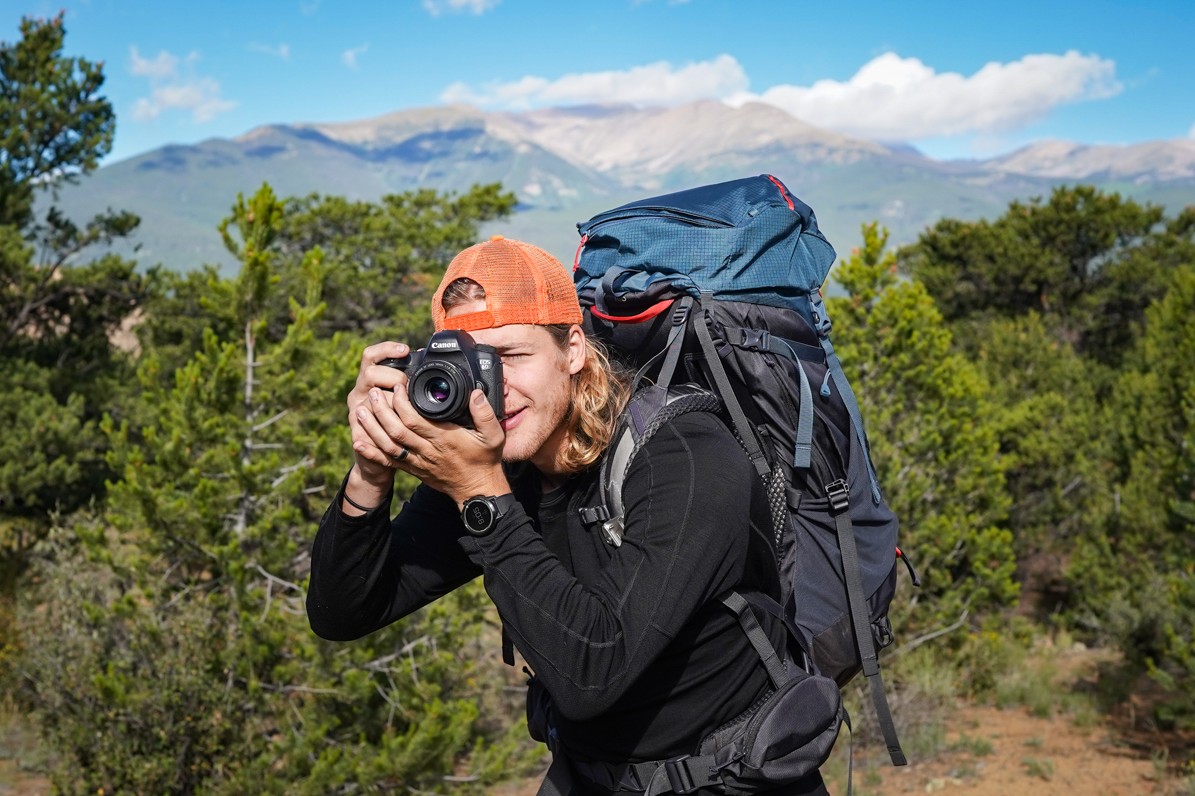
A quiet walk through a park, forest path, beach boardwalk, or mountain trail gives you something a screen can’t: air on your face, changing light on leaves and water, and room to pause when a detail catches your eye. Games can teach timing and visual attention, but a real promenade trains your senses in a fuller way-feet feel the ground, eyes track depth, and sound shapes your choices of when to click the shutter.
If you want a clean visual reference for motion and contrast before you head out, open this website for a minute. The page is stripped down and easy to read: bold shapes, clear movement, simple feedback. That kind of clarity is worth carrying with you outdoors. Look for strong edges, repeating lines, and moments when the scene “reads” in a split second-like a runner entering a shaft of sunlight or foam curling around a rock.
Park: soft light, simple color, quiet stories
Parks are forgiving. Trees filter harsh sun, so faces look good without extra gear. Try walking a loop an hour before sunset. Keep your camera at chest height and watch how paths curve; when someone walks through a patch of light, take three frames-one as they enter, one mid-stride, one as they exit. Compare them on the spot. In games, you get instant feedback through numbers or streaks; in the park, your feedback is the way a shadow falls across a cheek or the way a bright jacket pops against dark bark. If color feels flat, shift position until foliage fills the background and blocks clutter like benches and trash cans.
Forest: depth and texture, but watch the green cast
A forest gives layers-trunks, branches, foreground leaves-that you can stack for depth. Step a little off the trail and align two trees so they form a natural frame around your subject. To keep skin tones from going green, tilt your camera so the sky peeks in at the top of the frame; the cooler light balances the scene. In a game, edges are clean by design. In the woods, edges hide: ferns, twigs, mist. Let that work for you. Ask a friend to walk toward a brighter clearing and shoot as the background brightens behind them. The moment their silhouette “separates,” you’ll feel it-click right then.
Beach: big sky, bright highlights, fast changes
Beaches change minute by minute. Wet sand mirrors clouds; foam draws white lines that guide the eye. Face away from the sun and wait for a wave to recede, then shoot the patterns it leaves. If glare washes everything, crouch low so the horizon climbs and the sky darkens a touch. Games hand you consistent contrast; the shore throws curveballs-glints, spray, moving footprints. Use those changes. A gust lifts hair, a gull cuts across the line of surf, a kid jumps a stream-micro-moments with clear direction. Take short bursts and stop the second the beat ends.
Mountains: scale without losing the person
Big views can swallow people. Give the viewer a foothold: a foreground rock, a backpack strap, a hand on a trekking pole. Place your subject at a turn in the trail so the path points toward a ridge. If haze flattens the scene, step to where a dark slope sits behind your subject to restore contrast. In a game, size is set by the interface. On a ridge, size is your decision-move two steps, kneel, climb a small boulder. Those small moves change the story from “postcard” to “I was there, and it felt like this.”
One pocket list for the walk (and that’s it)
- Light test: Hold out your hand; if the shadow has a clean edge, expect punchy contrast. If the shadow is fuzzy, expect gentle tones-great for faces.
- Clean background: Take one step left or right to hide signs, poles, and bins behind trees or rocks.
- Timing: Count a slow “one-two” as a subject enters good light; click on “two.”
- Direction cue: Look for lines that guide the eye-boardwalk planks, tire tracks, stream edges-and place the subject where those lines meet.
Real stroll vs. the game: what transfers, what doesn’t
A simple arcade page like this website trains you to spot motion cues quickly: rising shapes, bold contrast, and a single action that matters in the moment. Bring that mindset along the path. Scan for a moving element with a clear start and finish: a dog leaping over driftwood, a jogger hitting sunlit steps, fog sliding across a meadow. The difference is control. On the screen, the loop repeats and variables stay tight. Outside, wind shifts, clouds slide, and footsteps put you at a slightly different angle each time. That variability is the gift. It forces you to look harder, adjust faster, and notice small changes that make a photo feel true-wet boots after a stream crossing, sand on a palm, breath in cold air.
Small editing notes after the walk
Keep edits light so the mood survives. Lift exposure until faces look natural, recover bright areas so foam and clouds hold detail, and nudge contrast just enough that edges read. If greens skew weird from forest shade, warm the white balance a touch, then cool the shadows a little so trunks keep texture. On the beach, watch for color shifts near the horizon; a tiny correction brings the sky back to how it felt.
Ending: Why this stays fun
A walk gives you more than pictures. It gives you choices you can feel-where to stand, when to wait, when to move. A game sharpens your eye for motion and clarity; the path teaches patience and timing you can’t fake. Do both: study clean cues online for a minute, then step outside and chase them in real air. Your photos will carry that mix-the crisp read of a strong subject and the small, human details that happen only when you’re out there.